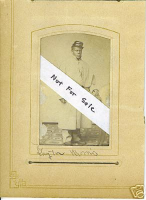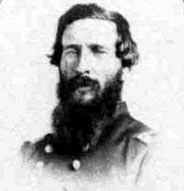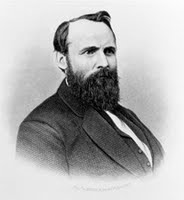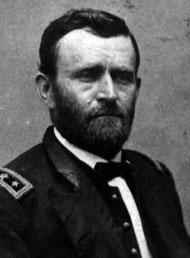I came across an 1873 review of a play,
Field and Fireside, described as an original American society comedy. According to the Nov. 18, 1873, edition of the
San Francisco Bulletin, "The drama is a portrayal of some of the incidents of the rebellion, and is full of the exciting scenes of war and the quiet, happy scenes of peace; scenes of love and hatred, of sorrow and shame, of friendship and treachery. It presents the comic and the serious side of life; its fantasies and its realities."
Characters include Captain Airey, a patriotic Union officer, his love interest, Delia Derrick, her father, the unscrupulous "Old Derrick," the lovesick war correspondent "Merrygrave," and the exaggerated Englishman, Lieutenant-Colonel Fitz Roy Bull, of the Royal Fusileers. Eliza the maid and servants "Wash" and "John" are also in the cast.
I've found little else about this play other than a few newspapers ads dated 1873 and 1874. One of them notes the play was written by Williams. My working theory is that this is Dr. John B. Williams. His obituary from the Oct. 15, 1878,
New York Herald:
JOHN B. WILLIAMS, M.D.
Dr. John B. Williams died at his residence, No. 252 Fifth avenue, Brooklyn, on Sunday evening, October 13. He was born in Cambridge, England; studied medicine in London and Paris, and after completing his professional education came to this country about twenty-five years ago. In 1856 he started the Family Journal in Baltimore. It was the first story and sketch paper ever published in the South and had a large circulation. The war ut a stop to this enterprise, and the Doctor became connected with various family papers at the North and gained reputation as a writer. He was a man of fine literary taste, general ability and attractive social qualities. His age was fifty-two years and he leaves a wife and two sons.
If you have any knowledge about
Field and Fireside, I want to hear from you! I am particularly interested in learning if a copy of the play is in existence.
Labels: 19th, acting, actress, american, cast, century, field, field and fireside, fireside, manuscript, nineteenth, play, review, stage actor, u.s., williams





